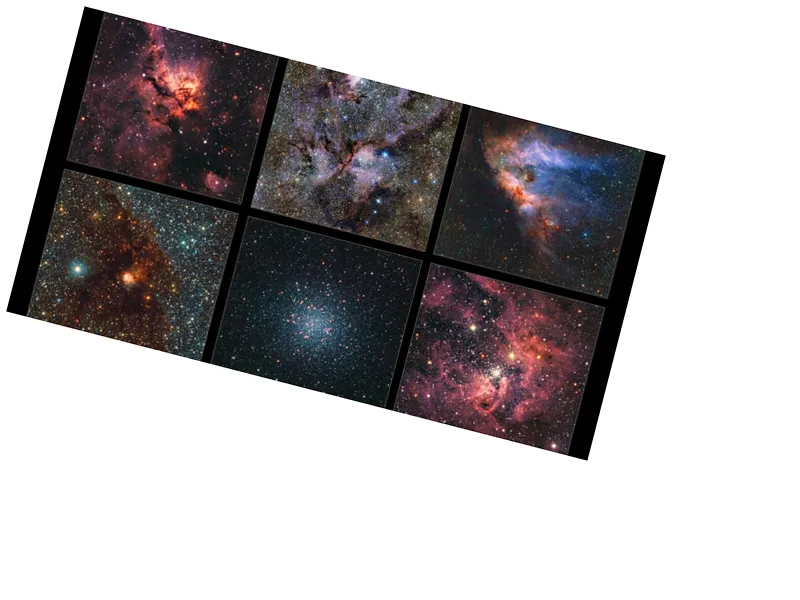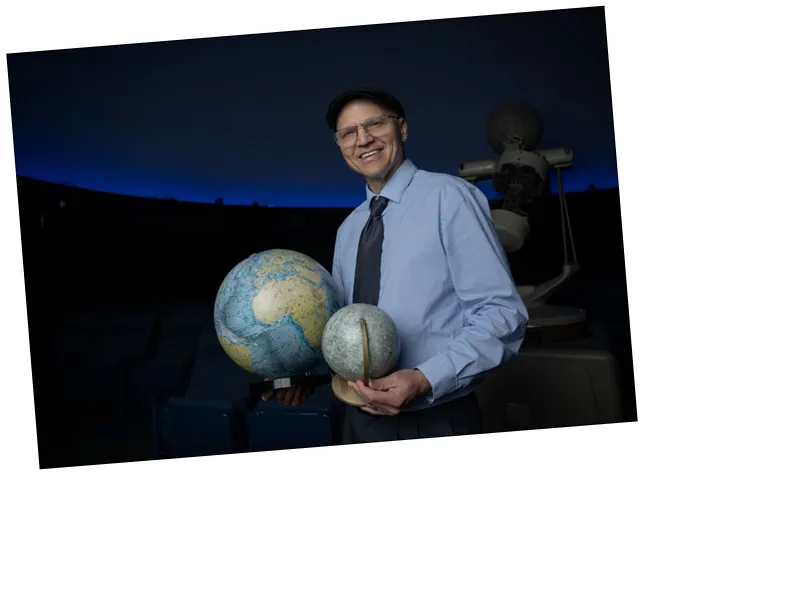James Webb Space Telescope Unveils 'Red Monsters' in Early Universe
An international team of researchers from the University of Geneva has made a groundbreaking discovery using the James Webb Space Telescope, identifying three supermassive galaxies, dubbed the 'red monsters,' that existed within the first billion years after the Big Bang. This revelation, published in the journal 'Nature,' challenges existing theories of galaxy formation, suggesting that these galaxies formed stars with unprecedented efficiency and high dust content, giving them their distinctive red appearance.
The findings indicate that these galaxies, roughly the same size as the Milky Way, contradict the traditional model of gradual galaxy formation, which posits that galaxies require billions of years to develop. Dr. Mengyuan Xiao, the lead author of the study, emphasized that these results reshape our understanding of galaxy formation in the early universe.
Challenging Theories of Galaxy Formation
The discovery of the 'red monsters' adds to a series of recent findings that question established astronomical theories. In late 2022, the James Webb Telescope identified a group of six 'impossible galaxies' that existed just 500 million years after the Big Bang, which were so bright that they theoretically should not exist. Furthermore, in November 2023, scientists announced the discovery of 'Siers-2112,' a galaxy observed 11.7 billion years ago, which bore a striking resemblance to the Milky Way, complete with spiral arms and a rod-shaped center, a structure that was thought to take over 7 billion years to form.
These discoveries have left scientists puzzled, prompting some to reconsider the theoretical models of star formation in early galaxies. Some researchers even speculate that the Big Bang may have occurred earlier than previously believed, although this theory lacks strong observational backing. Dr. Xiao concluded that as researchers delve deeper into the study of these galaxies, they will gain new insights into the conditions that shaped the universe's earliest ages, marking the 'red monsters' as just the beginning of a new era in astronomical exploration.





